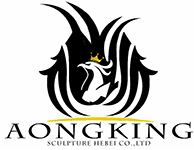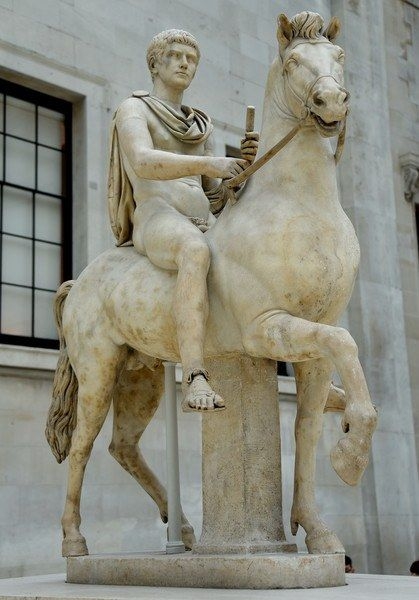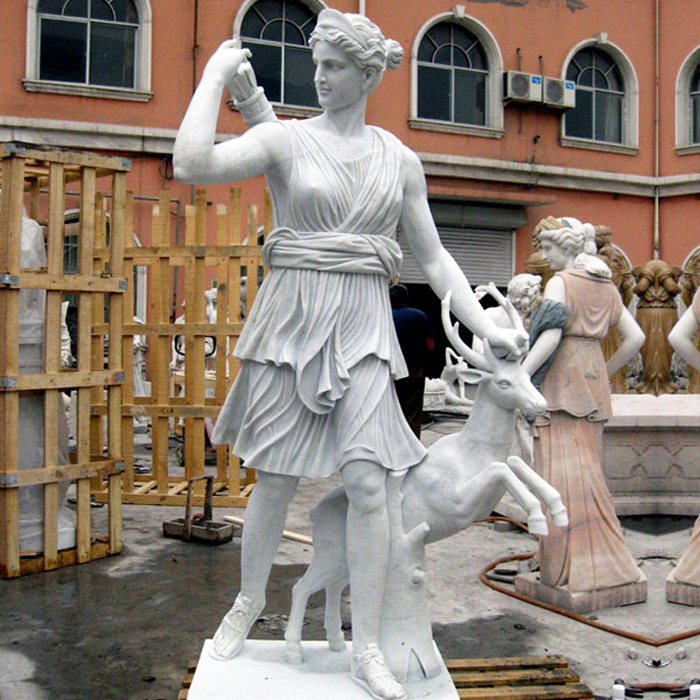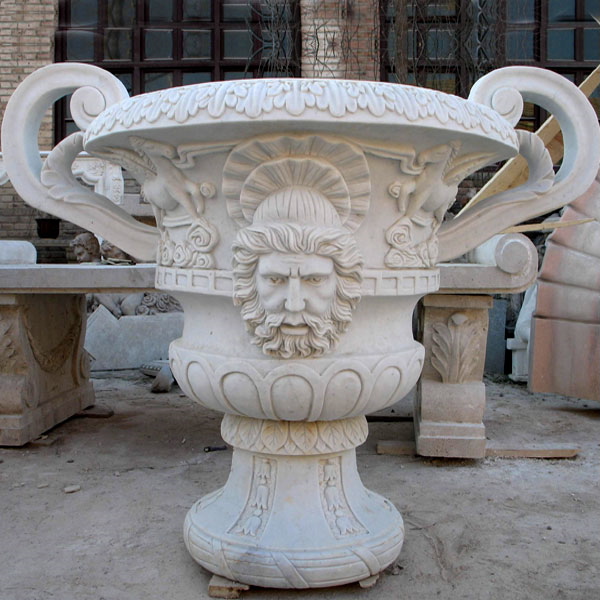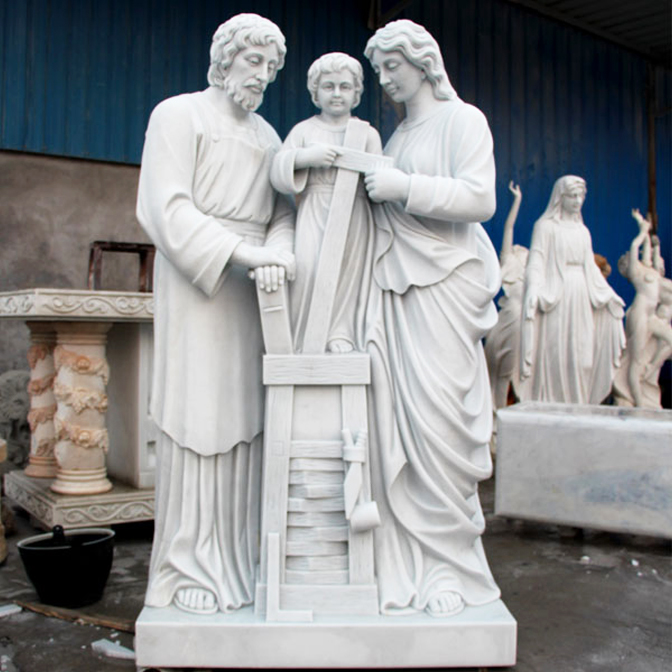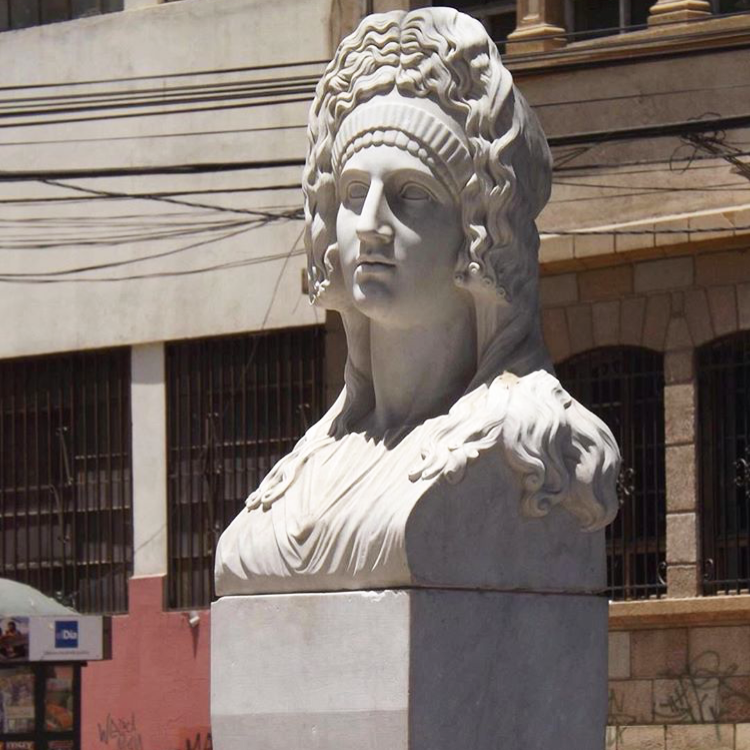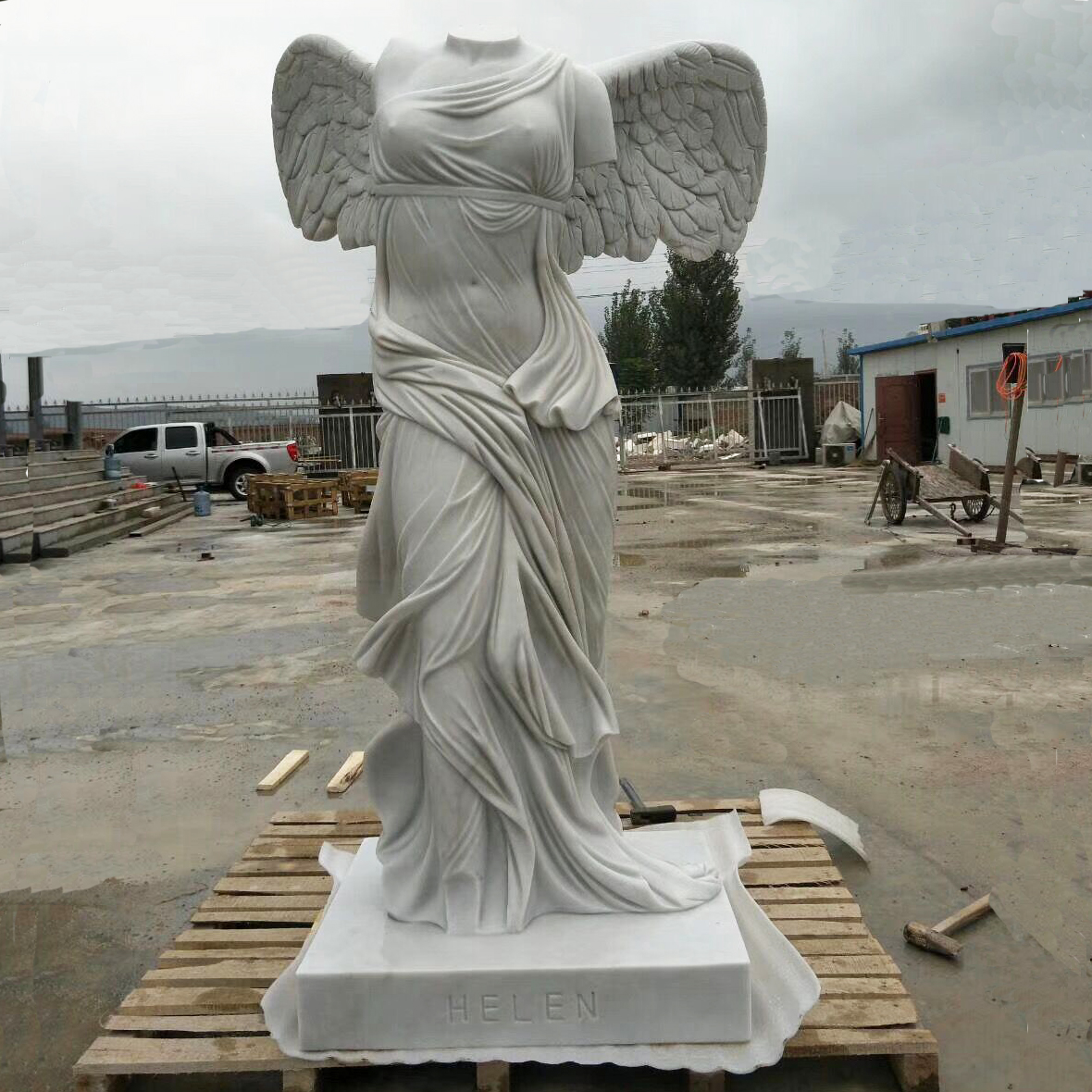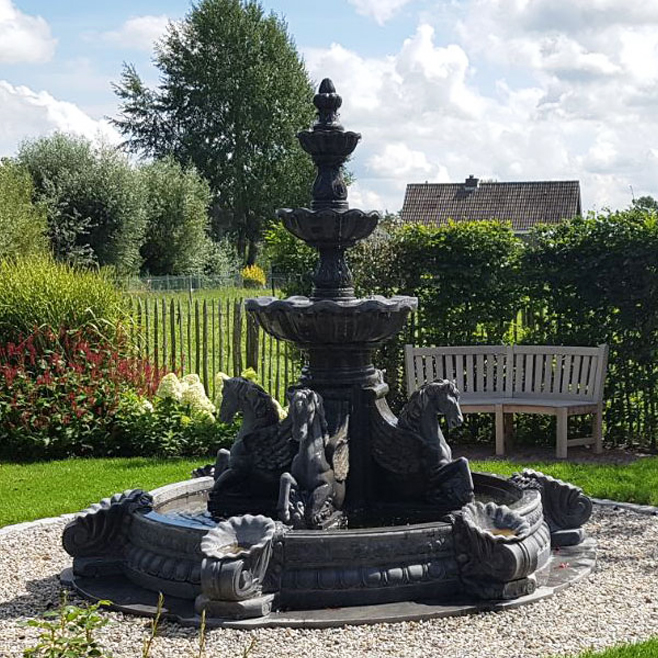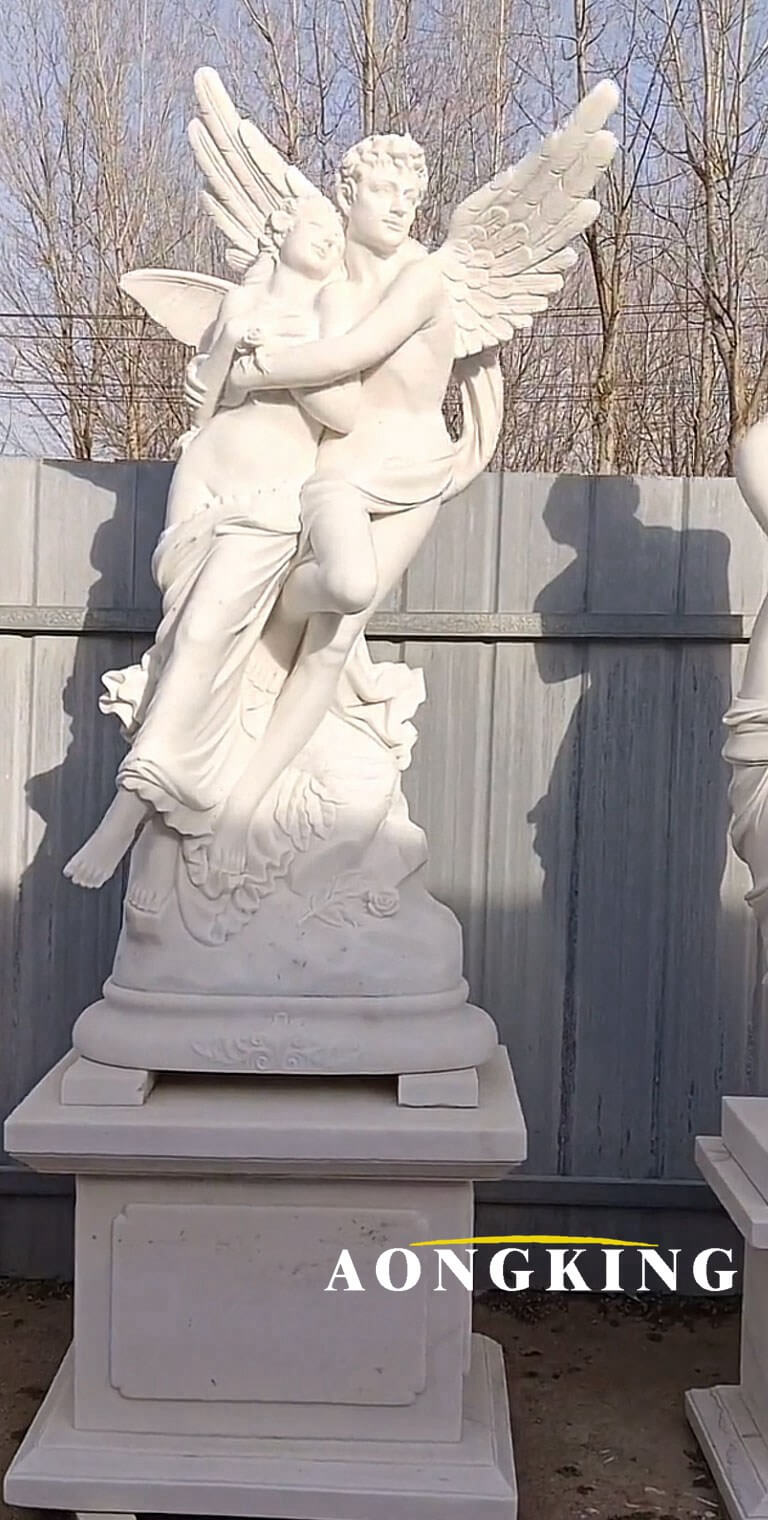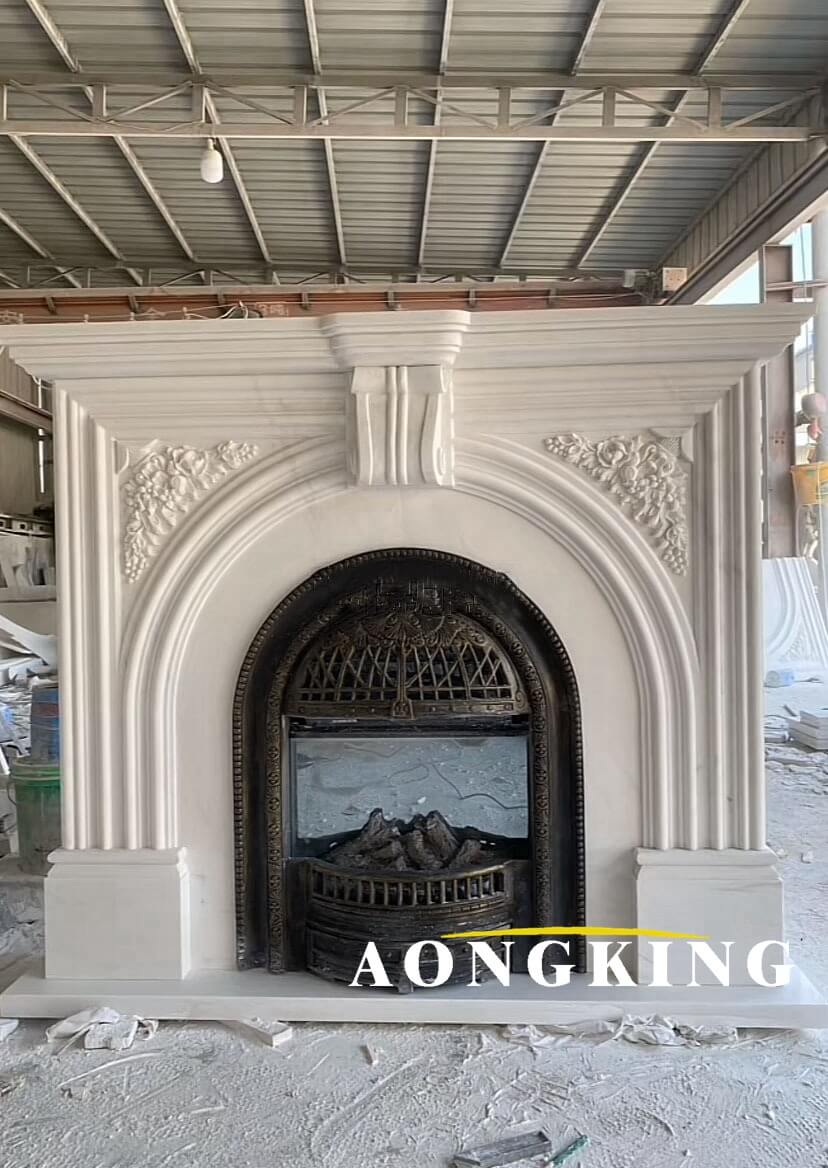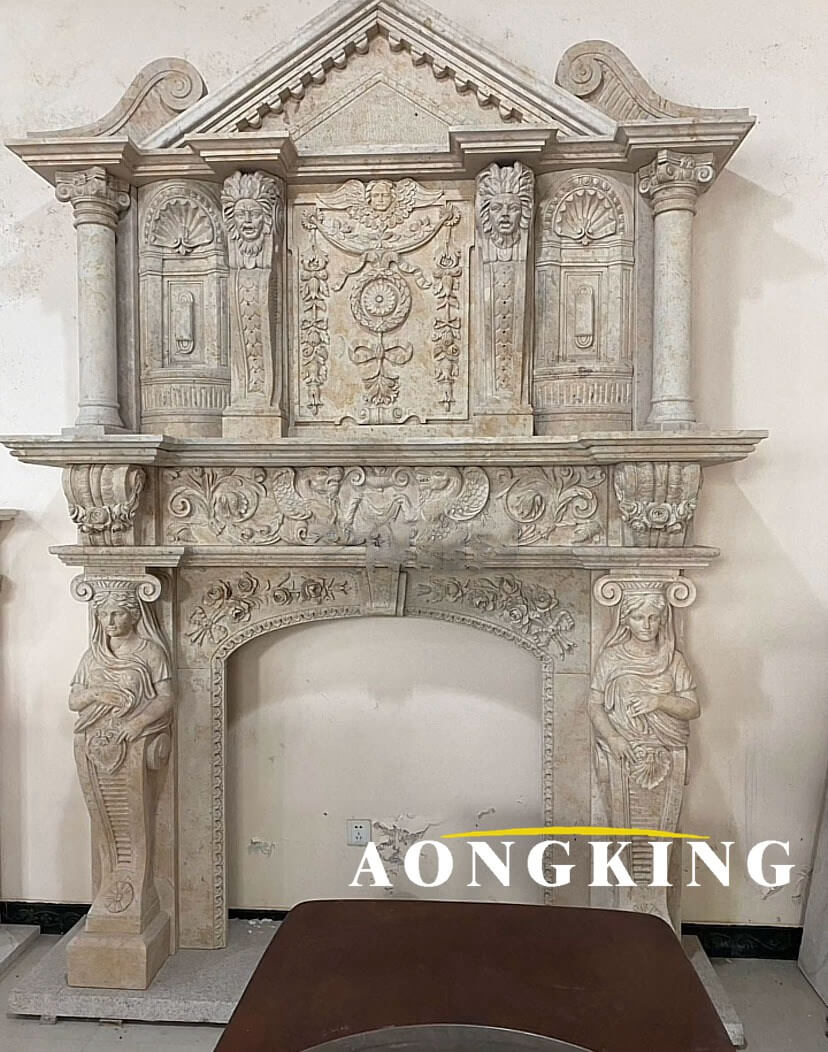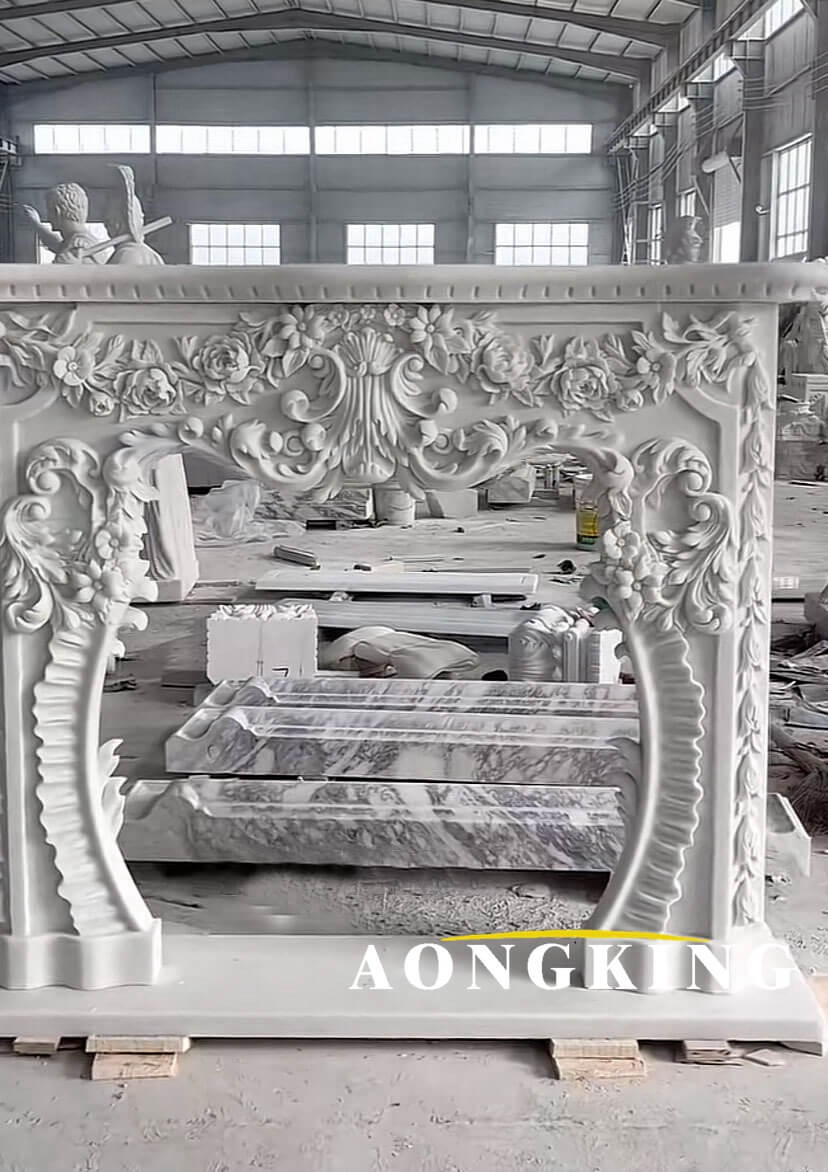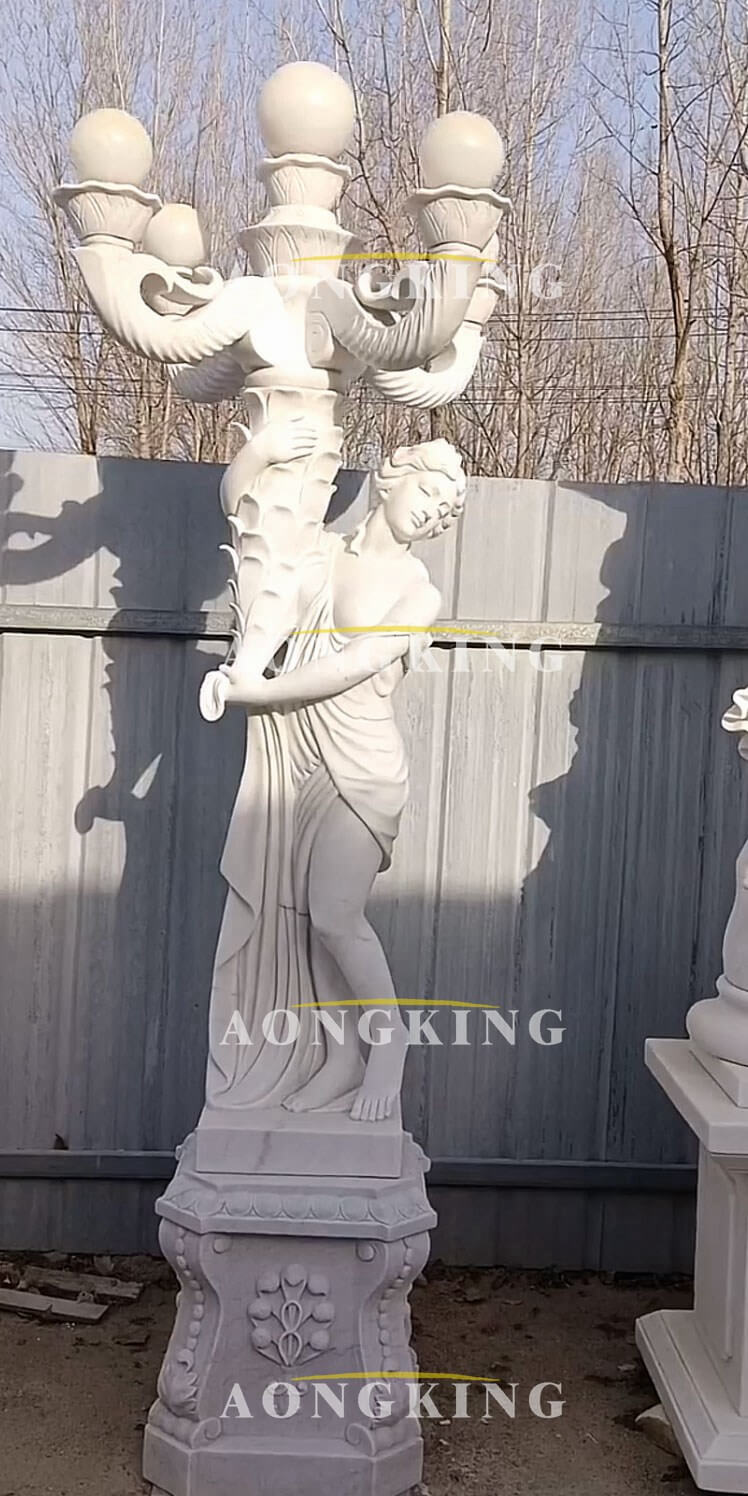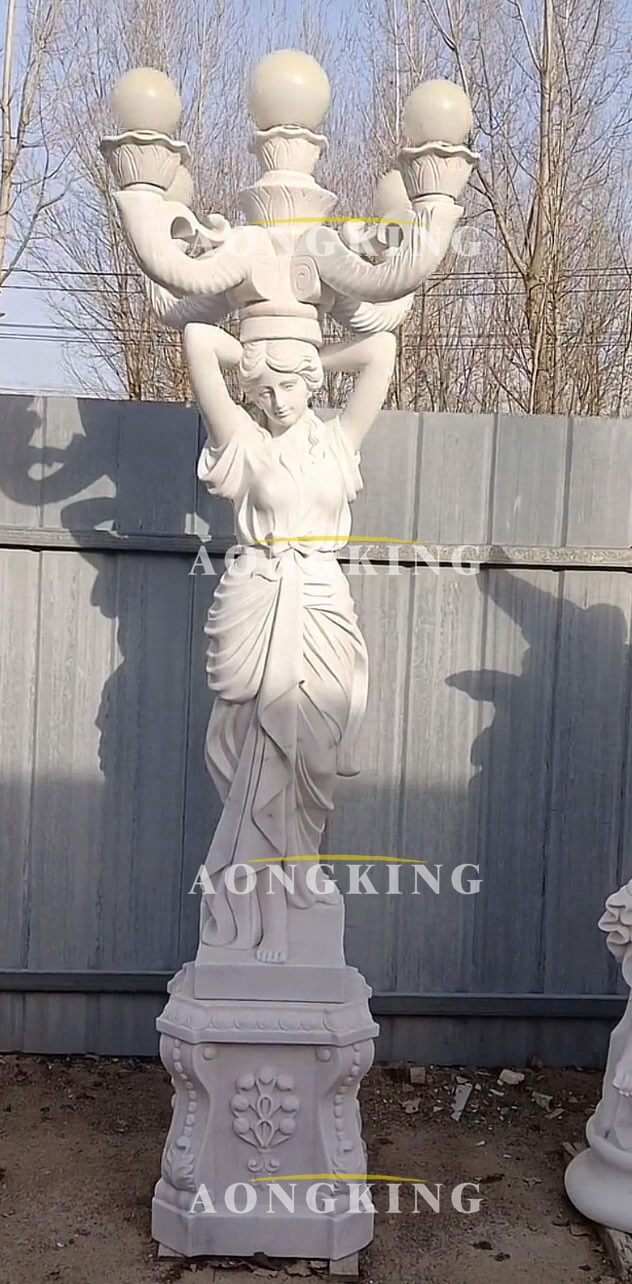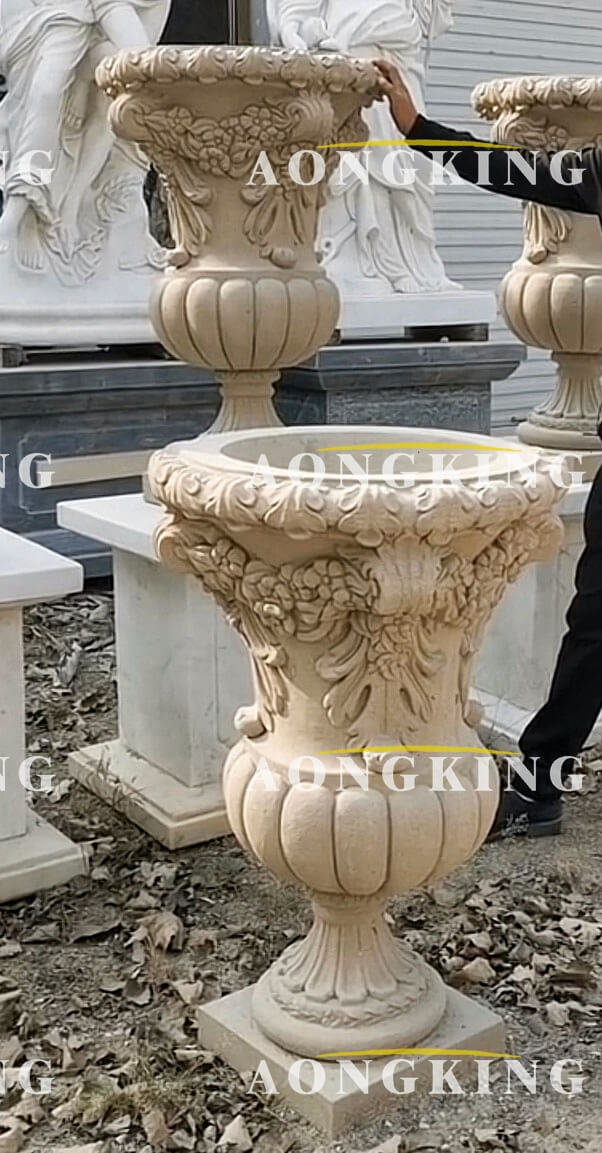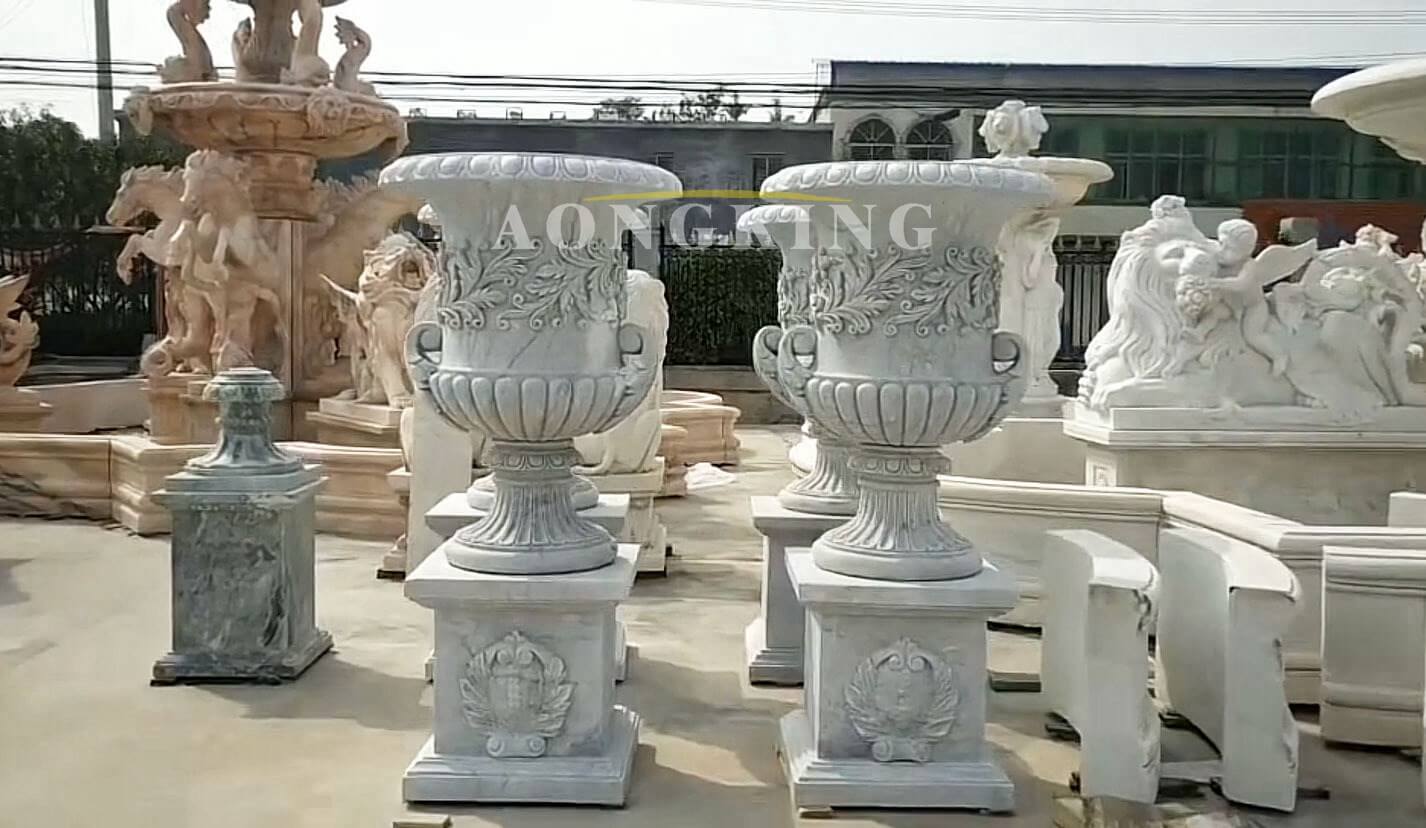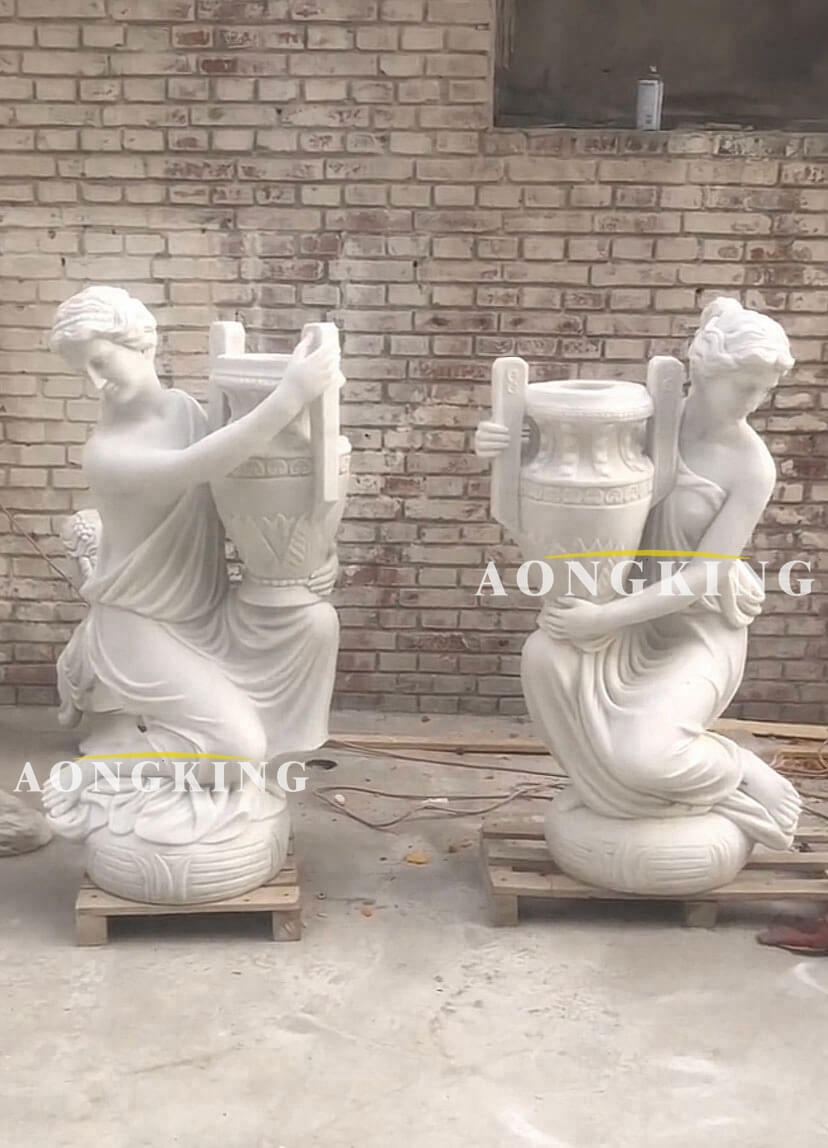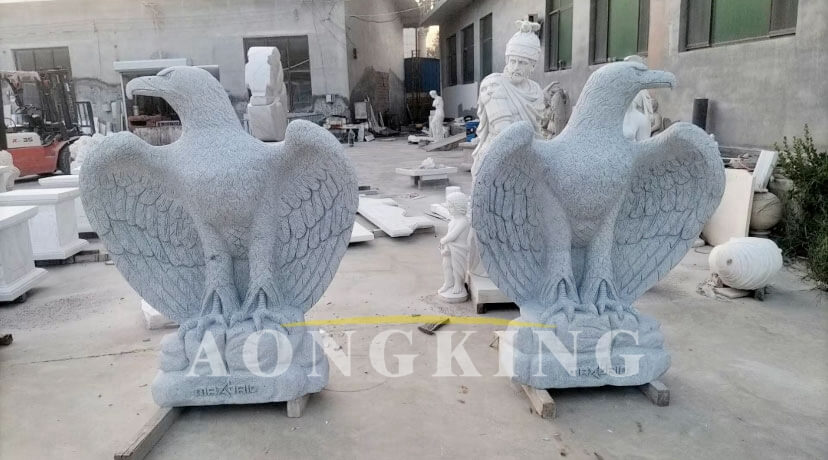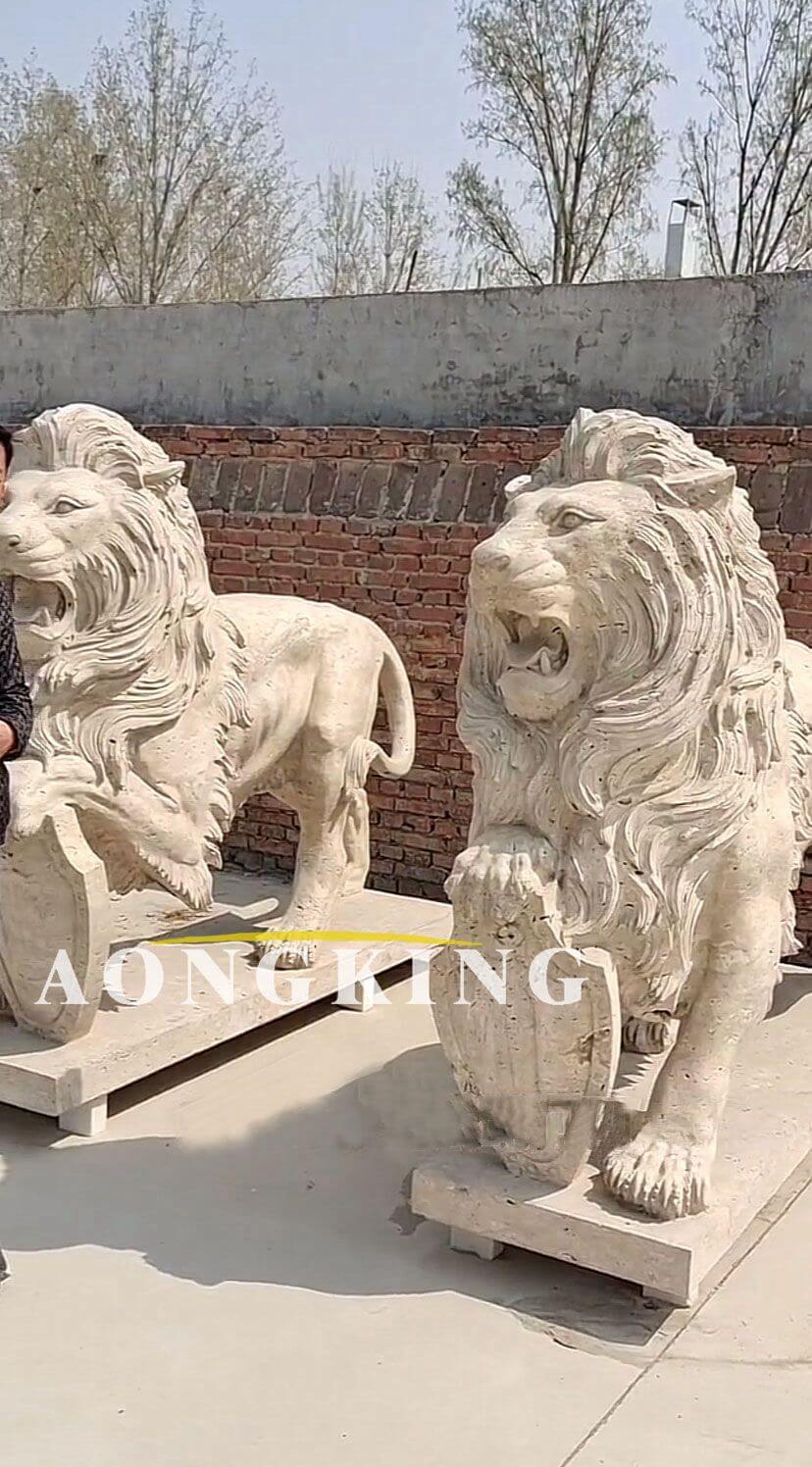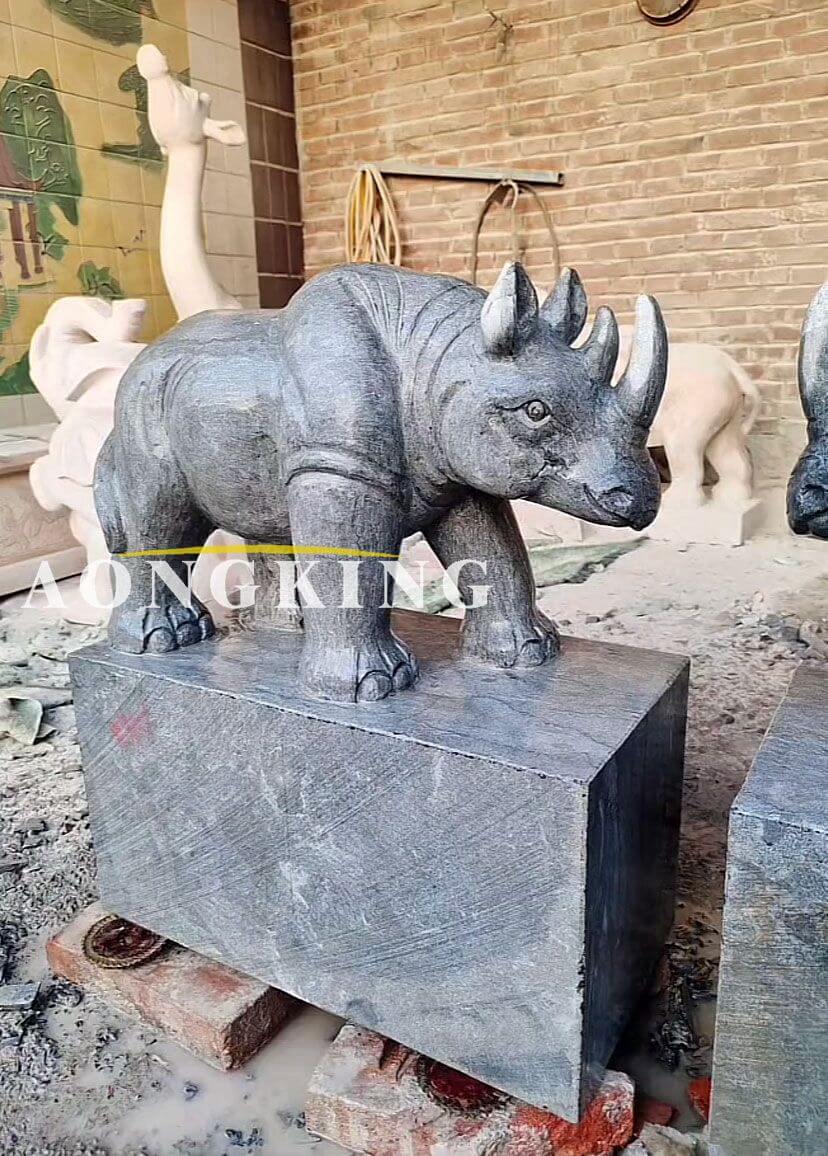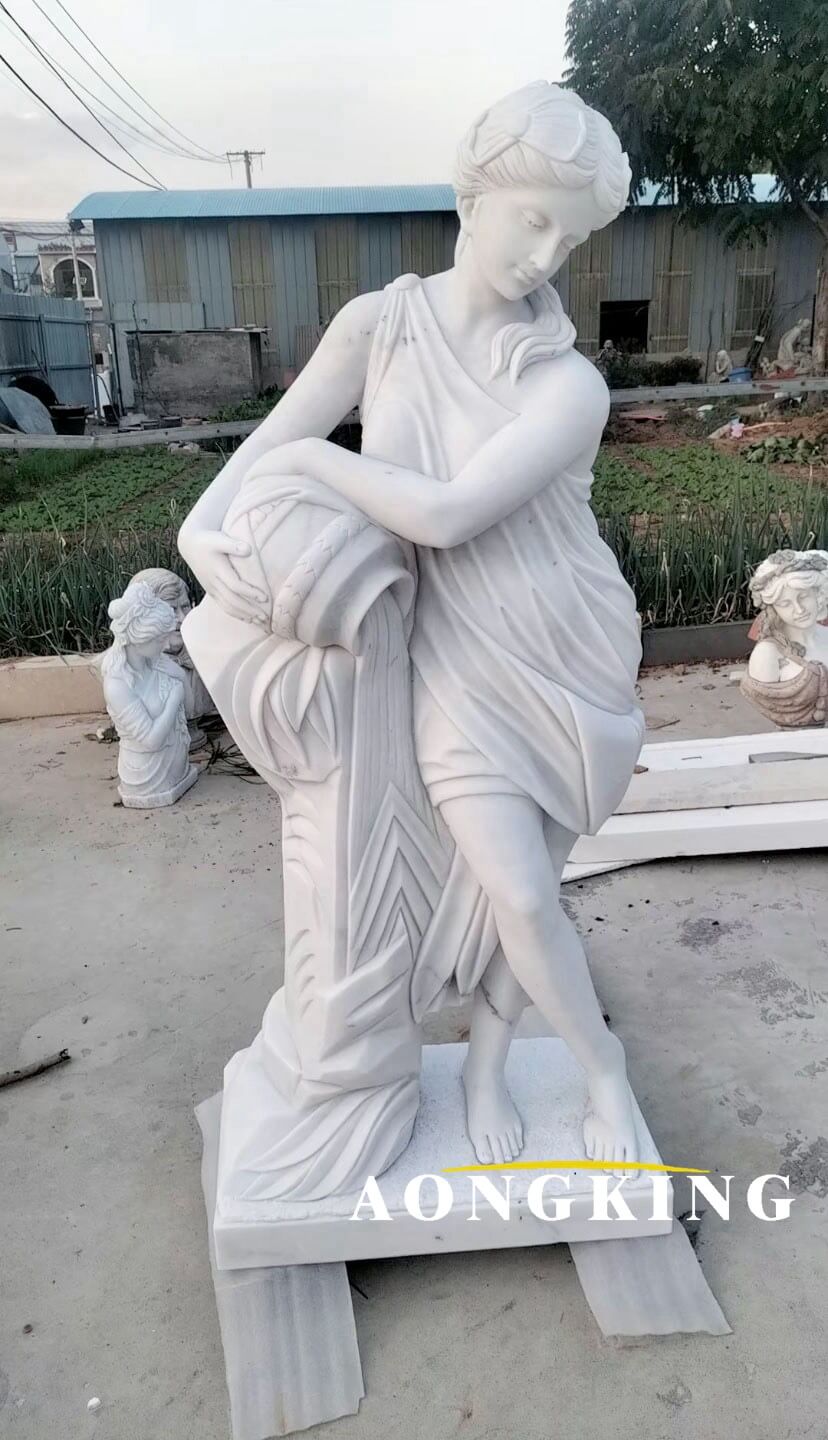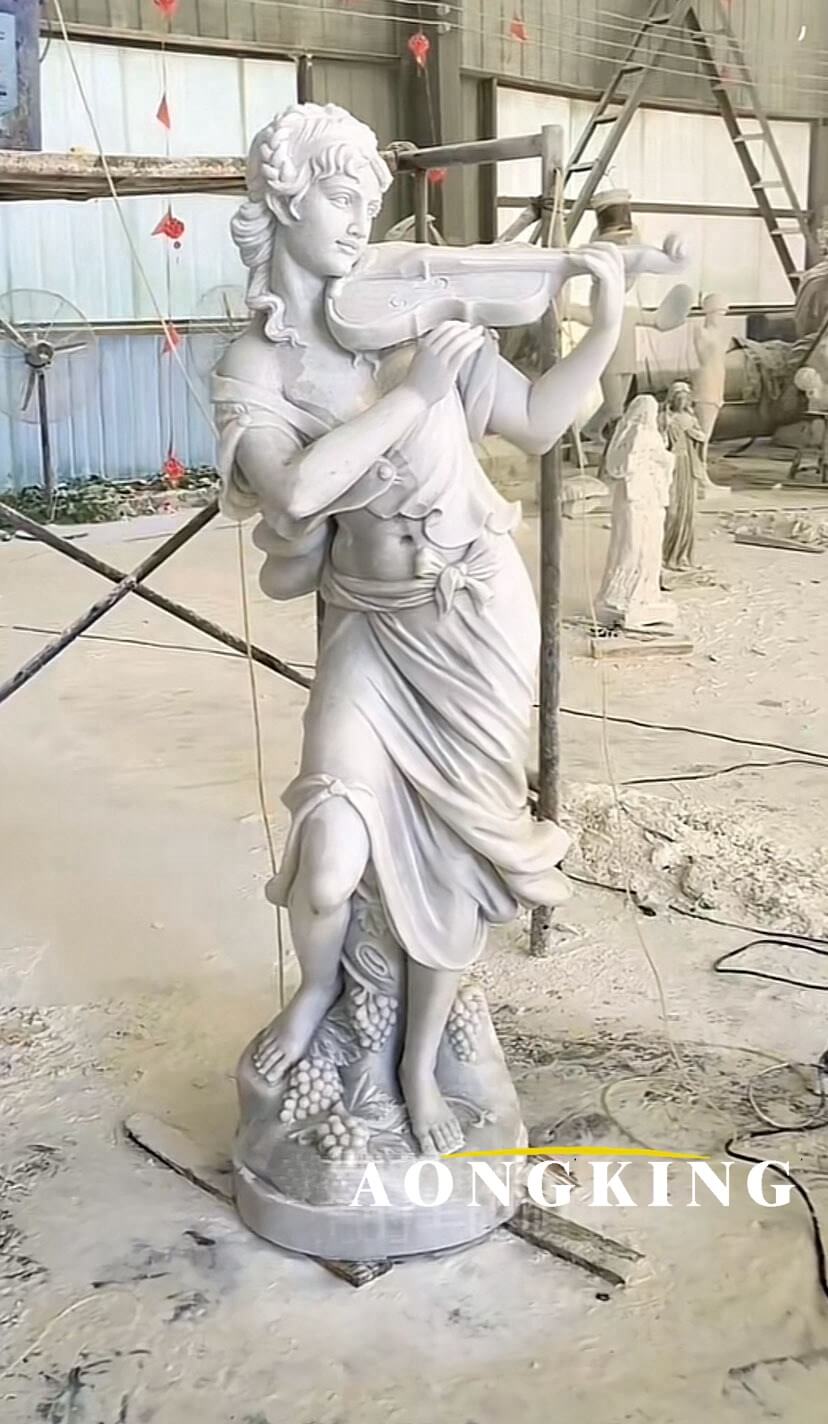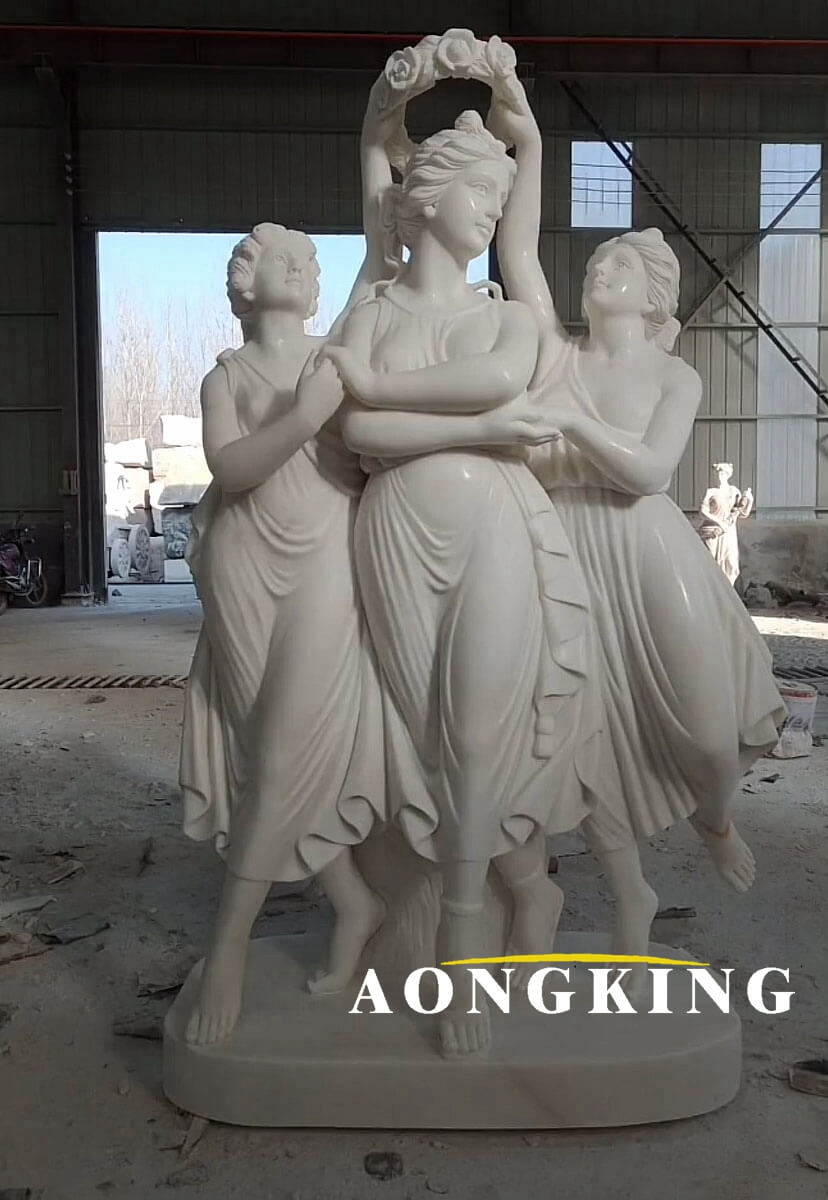Project Description
Roman figure art general on horse marble equestrian sculpture
The equestrian sculpture, which symbolizes the spirit of chivalry, is a very classic work in the ancient and Renaissance art era. This equestrian sculpture is carved from marble. The whole sculpture is supported by marble pillars. A handsome horse carries a front leg and a Roman general sits on its back. Wearing a handsome cloak. This equestrian sculpture, whether from the shape of a horse or the look of a knight, is lifelike, highlighting the unique chivalry spirit of the Roman era.
| NO.: | AK-stone(CC141 ) |
| MATERIAL: | Natural Marble / Stone / Granite |
| SIZE: | LIFESIZE / CUSTOM MADE SIZE |
| USAGE: | Amusement park, Theme park, Garden, Restaurant, Playground, Public Area, Garden, Indoor & Outdoor, etc |
The status of equestrian sculpture in Rome:
In sculpture, the term equestrian sculpture describes a portrait of a rider on a horse. Because popes, political figures and even some kings rarely ride horses, equestrian sculpture usually depicts military commanders or military leaders. equestrian sculpture aims to show the power of Rome, including a large number of equestrian statues of Roman emperors. Ancient Roman sculptures are different from international Greek sculptures and are famous for their beauty or decorative characteristics. This is because Roman art is not about being beautiful, but about making a deep impression. equestrian sculpture aims to awe and impress other countries with its charm and sense of power. Rome Plastic Art aims to enhance the power and majesty of Rome, not to amuse the intellectuals.
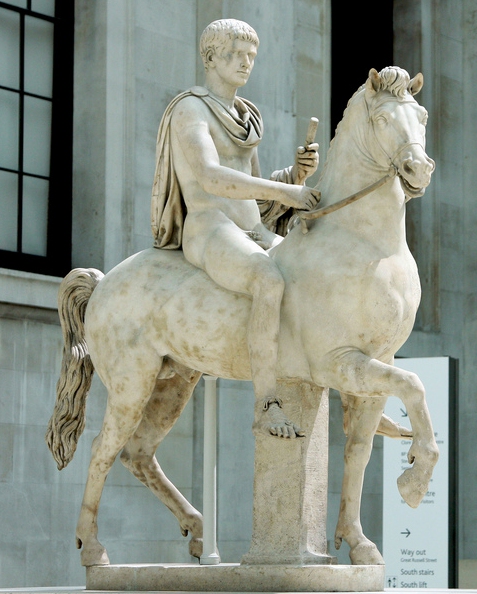
equestrian sculpture (1)
The spirit displayed by equestrian sculpture:
Among the many Western sculptures, equestrian sculpture is one of the main types. Western knight sculptures are shaped by figures on horseback. It is a combination of figure sculptures and animal sculptures. The expression is strong and majestic. It is more deeply embodied while decorating the environment. With the spirit of a warrior. In Western culture, equestrian sculpture represents a class. It was originally defined as a cavalry trained in the Middle Ages in Europe. It was a sacred profession, symbolizing light, responsibility, and self-cultivation. The appearance of knights constituted the Western European nation. In the European literature of the Middle Ages, the knight was also beautified as a symbol of justice, representing the struggle between good and evil and winning victory. Therefore, the casting of Western equestrian sculpture, in addition to the decoration of the space environment, Equestrian sculpture also represents a spirit, with symbolic meanings such as bravery and loyalty. It is the incarnation of a hero, showing the spirit of a warrior, and has profound educational significance.
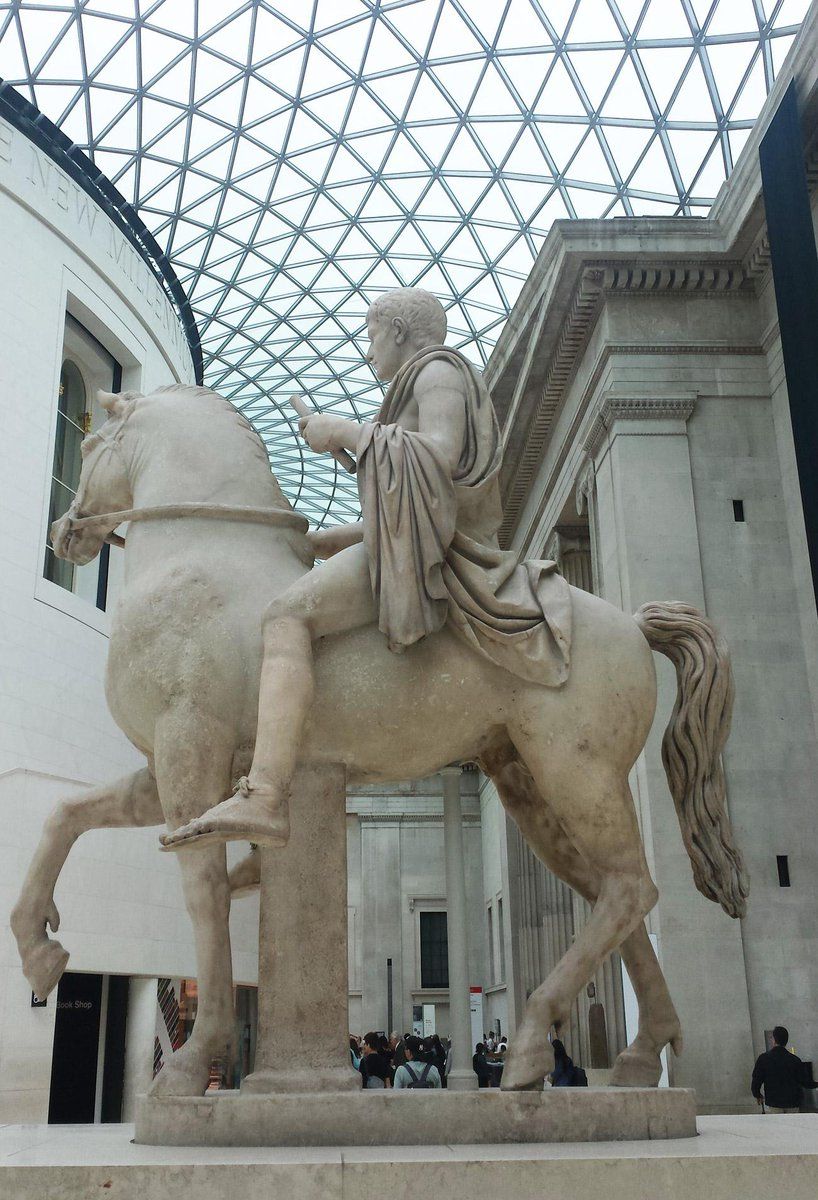
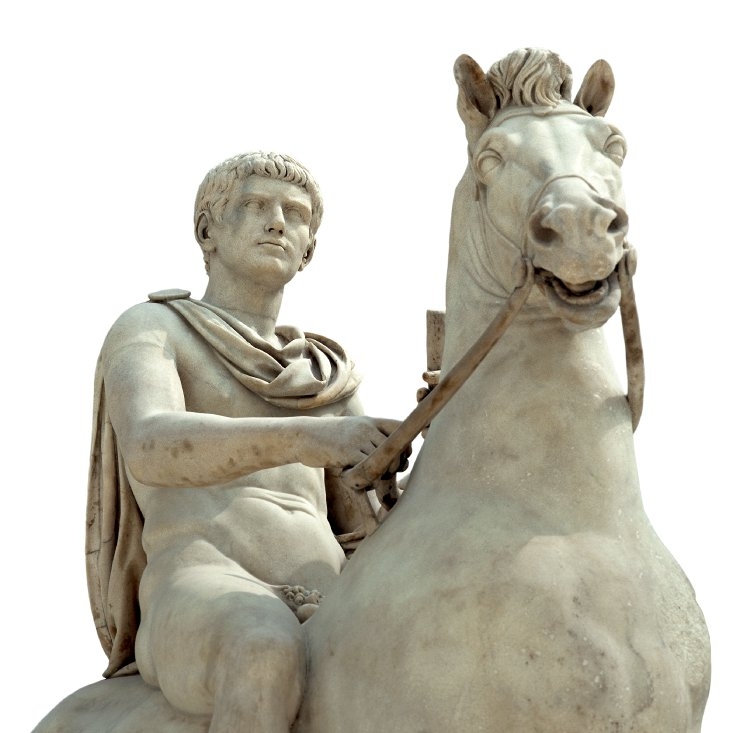
equestrian sculpture (3)
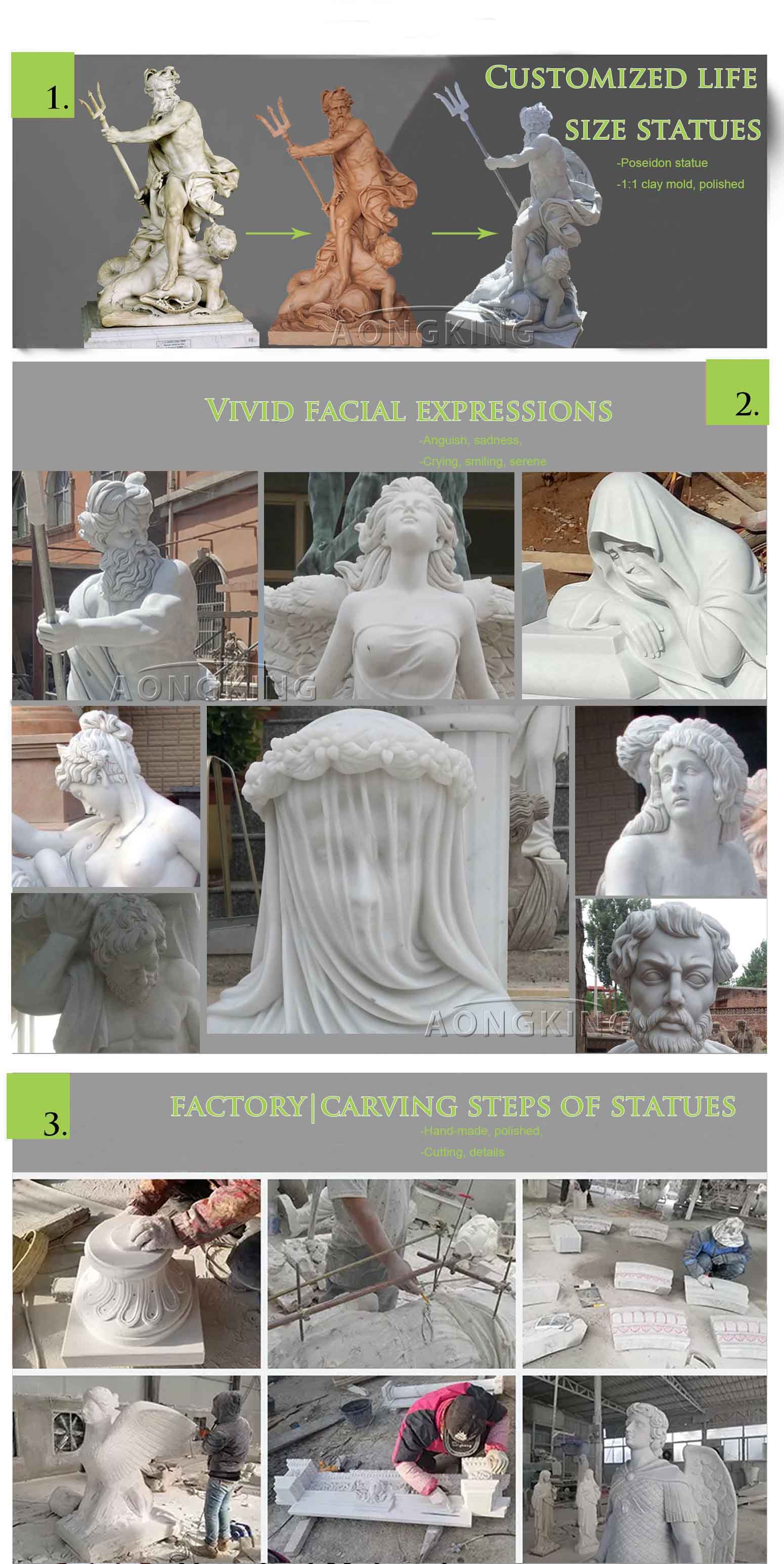
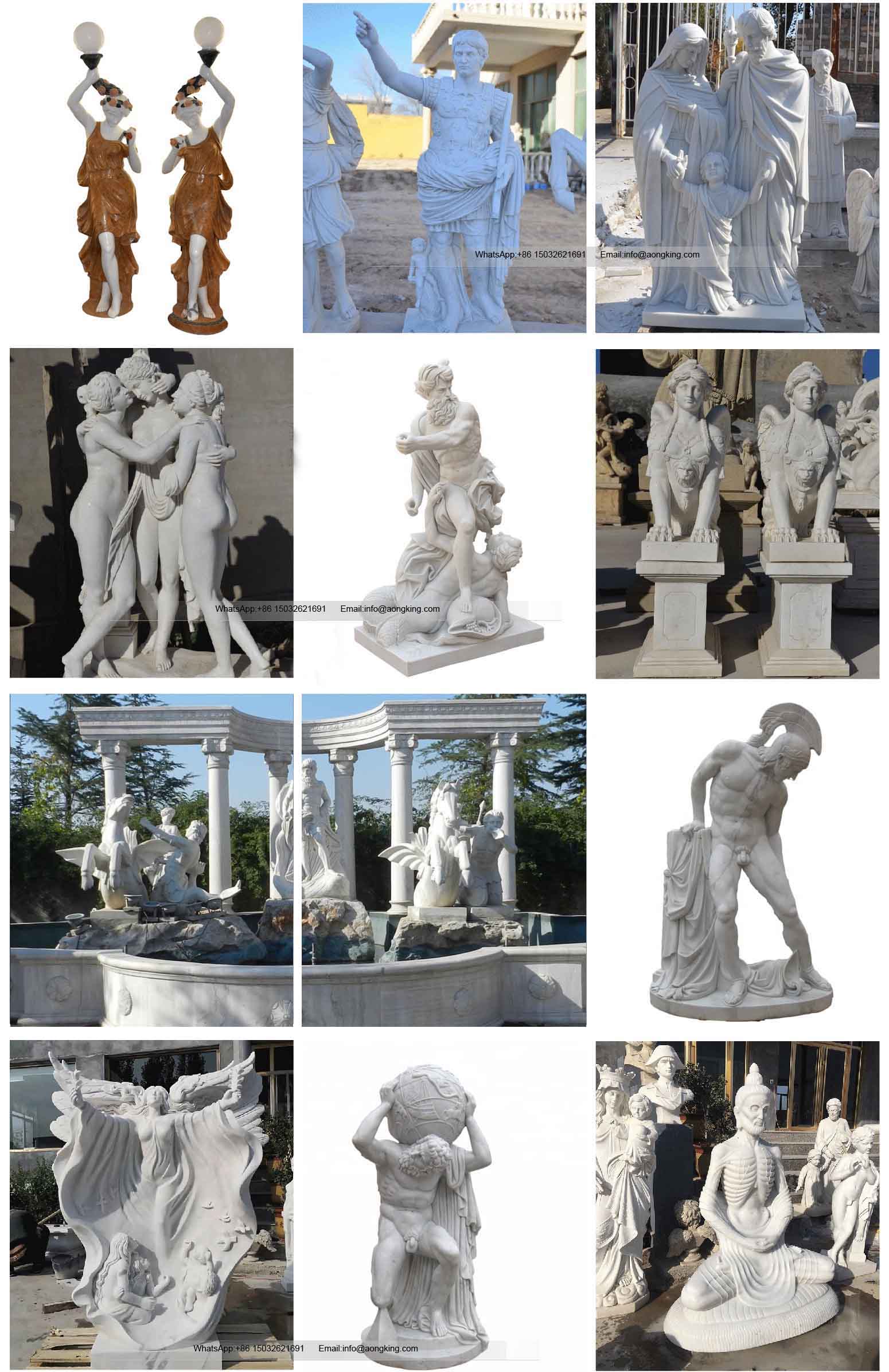

Ask us for price and solutions today!
Your inquiry will be replied to within 24 hours, and we respect your privacy.
